Home>Furniture & Design>Interior Design Trends>What Does It Mean When A Glass Sweats
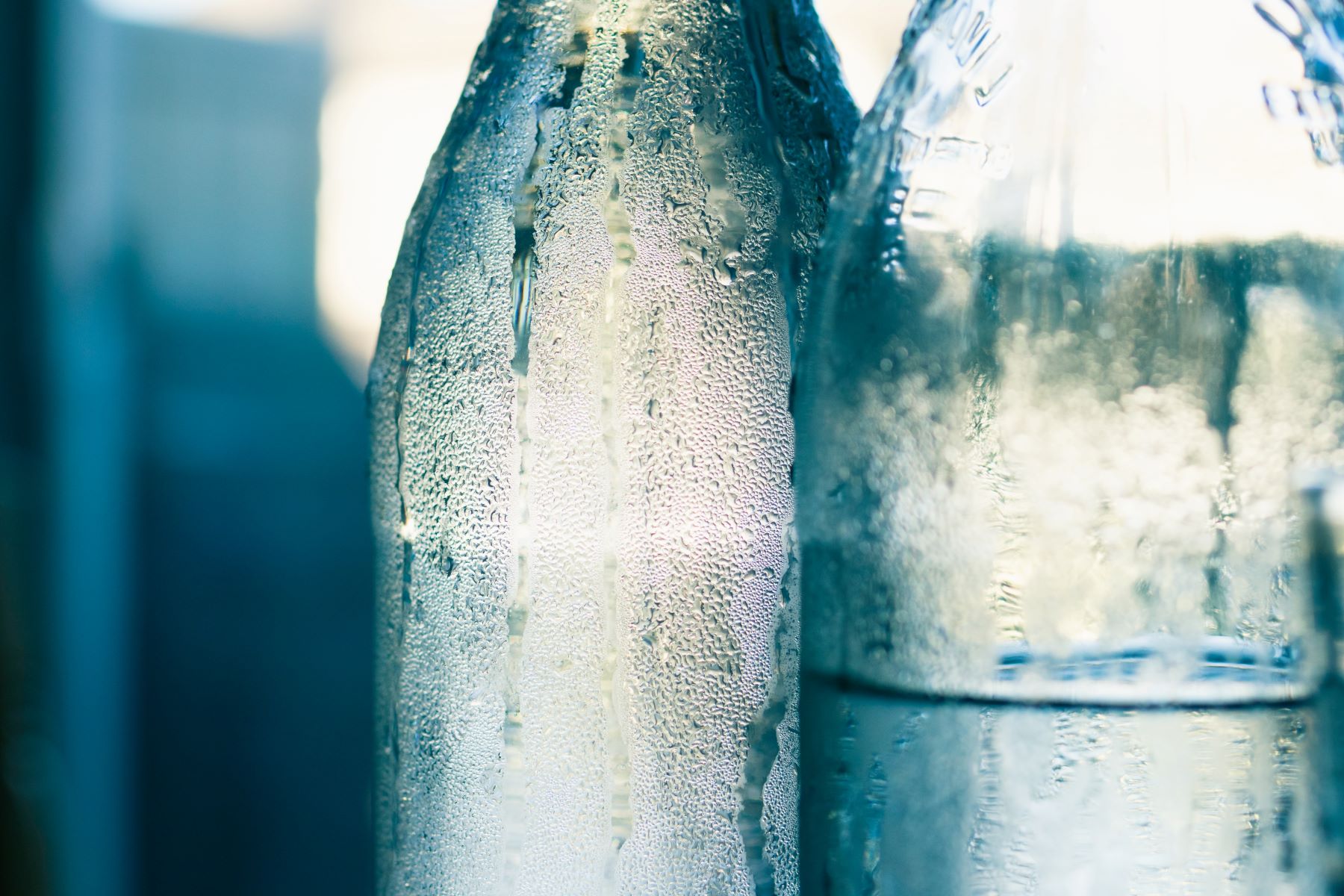

Interior Design Trends
What Does It Mean When A Glass Sweats
Modified: February 18, 2024
Discover the latest interior design trends and learn why glass sweating can be a sign of a stylish, modern space. Explore the meaning behind this phenomenon and how it can enhance your home.
(Many of the links in this article redirect to a specific reviewed product. Your purchase of these products through affiliate links helps to generate commission for Storables.com, at no extra cost. Learn more)
Introduction
Condensation on glass, often referred to as "sweating," is a common occurrence that can puzzle many homeowners and interior design enthusiasts. The sight of moisture forming on the surface of glass can be perplexing, prompting questions about its causes and implications. Understanding the phenomenon of sweating glass is crucial for maintaining a comfortable and visually appealing living space. This article delves into the intricacies of condensation on glass, exploring the factors contributing to this occurrence and providing practical tips for prevention. By gaining insight into the causes and solutions for sweating glass, you can elevate your interior design endeavors and ensure a conducive environment within your home.
Key Takeaways:
- Sweating glass occurs when warm, humid air meets cooler glass, causing condensation. Factors like temperature differentials and humidity levels contribute to this phenomenon, but it can be prevented with insulation, humidity control, and anti-condensation coatings.
- To prevent sweating glass, improve insulation, manage humidity, use anti-condensation coatings, optimize air circulation, upgrade building integrity, and select suitable glass materials. By addressing these factors, you can maintain visually appealing and comfortable living spaces.
Read more: What Does Sweat Mean In Plumbing
Understanding Condensation
Condensation, in the context of glass surfaces, occurs when moisture in the air comes into contact with a cooler surface, leading to the formation of water droplets. This natural process is a result of the air's inability to hold as much moisture when it encounters a colder surface, causing the excess moisture to condense into liquid form. Understanding the science behind condensation is essential for comprehending why glass surfaces sweat.
When warm, humid air comes into contact with a cooler glass surface, such as windows or tabletops, the temperature disparity prompts the air to release its moisture in the form of tiny water droplets. This phenomenon is particularly noticeable during seasonal transitions, when indoor heating or cooling systems create temperature differentials between the interior and exterior environments.
The occurrence of condensation on glass is not limited to specific climates or geographical locations. It can manifest in various settings, from tropical regions with high humidity levels to arid areas with significant temperature differentials between day and night. The presence of condensation on glass surfaces can be indicative of the prevailing environmental conditions and the effectiveness of climate control measures within a space.
In interior design, understanding condensation is crucial for selecting appropriate materials and implementing effective moisture management strategies. By comprehending the factors that contribute to condensation, such as temperature differentials and humidity levels, designers and homeowners can make informed decisions to mitigate the impact of sweating glass and maintain a comfortable indoor environment.
By grasping the underlying principles of condensation, individuals can gain valuable insights into the dynamics of moisture management within interior spaces. This knowledge serves as a foundation for addressing the challenges posed by sweating glass and devising practical solutions to enhance the visual and functional aspects of interior design.
Factors Contributing to Sweating Glass
The occurrence of sweating glass is influenced by a myriad of factors, encompassing both environmental conditions and the characteristics of the glass surfaces themselves. Understanding these contributing elements is essential for devising effective strategies to mitigate condensation and prevent the unsightly effects of sweating glass.
-
Temperature Differentials: One of the primary factors contributing to sweating glass is the presence of significant temperature differentials between the interior and exterior environments. When warm, humid air encounters cooler glass surfaces, such as windows or tabletops, the temperature contrast prompts the air to release its moisture in the form of condensation. This phenomenon is particularly pronounced during seasonal transitions, when indoor heating or cooling systems create substantial variations in temperature within a space.
-
Humidity Levels: The moisture content in the air, commonly referred to as humidity, plays a pivotal role in the formation of condensation on glass surfaces. High humidity levels increase the likelihood of sweating glass, as the air holds more moisture that can condense upon contact with cooler surfaces. Regions with tropical climates or indoor spaces with inadequate ventilation may experience heightened humidity levels, leading to more pronounced condensation on glass.
-
Glass Surface Temperature: The temperature of the glass surface itself significantly influences the propensity for condensation. Cooler glass surfaces are more prone to sweating, as they facilitate the transition of warm, moisture-laden air into liquid droplets. Factors such as the efficiency of insulation, proximity to heating or cooling sources, and the quality of the glass material can impact the surface temperature and, consequently, the likelihood of condensation.
-
Ventilation and Air Circulation: Inadequate ventilation and poor air circulation within interior spaces can exacerbate the occurrence of sweating glass. Stagnant air allows moisture to accumulate, increasing the potential for condensation on glass surfaces. Effective ventilation systems and strategic placement of air circulation devices can help mitigate the impact of high humidity levels and minimize the formation of condensation.
-
Building Materials and Construction: The design and construction of a building can influence the prevalence of sweating glass. Factors such as insulation quality, window glazing, and overall building envelope integrity play a crucial role in regulating indoor temperature differentials and managing moisture levels. Well-designed, energy-efficient structures with proper insulation and moisture control measures are less susceptible to sweating glass.
By comprehensively evaluating these contributing factors, homeowners and interior design professionals can gain valuable insights into the dynamics of condensation on glass surfaces. This understanding serves as a foundation for implementing proactive measures to prevent sweating glass and maintain a visually appealing, comfortable living environment.
How to Prevent Glass from Sweating
Preventing glass from sweating entails a multifaceted approach that addresses the underlying factors contributing to condensation. By implementing proactive measures and leveraging effective strategies, homeowners and interior design professionals can mitigate the occurrence of sweating glass and maintain a visually appealing, comfortable living environment.
1. Enhance Insulation
Improving the insulation of windows and glass surfaces is instrumental in minimizing temperature differentials and reducing the likelihood of condensation. Upgrading to energy-efficient windows with advanced insulation properties can help maintain consistent surface temperatures, thereby mitigating sweating glass.
Read more: What Does Broken Glass Mean
2. Implement Humidity Control Measures
Managing indoor humidity levels is crucial for preventing condensation on glass surfaces. Utilizing dehumidifiers in areas prone to high humidity, such as bathrooms and kitchens, can effectively reduce moisture in the air, diminishing the potential for sweating glass. Additionally, ensuring proper ventilation and air circulation aids in maintaining optimal humidity levels throughout the home.
3. Utilize Anti-Condensation Coatings
Applying specialized anti-condensation coatings to glass surfaces can significantly reduce the propensity for sweating. These coatings create a barrier that minimizes the formation of condensation, thereby preserving the clarity and aesthetics of glass while preventing moisture-related issues.
4. Optimize Air Circulation
Strategic placement of fans and air circulation devices can promote airflow and mitigate stagnant pockets of moisture-laden air. By enhancing air circulation within interior spaces, homeowners can minimize the accumulation of moisture and alleviate the conditions conducive to sweating glass.
5. Upgrade Building Envelope Integrity
Ensuring the integrity of the building envelope, including proper sealing of windows and doors, is essential for preventing moisture infiltration and maintaining consistent indoor conditions. By addressing potential air leaks and bolstering the structural integrity of the building envelope, homeowners can mitigate the impact of external environmental factors on sweating glass.
Read more: What Does Dichroic Glass Mean
6. Select Suitable Glass Materials
When incorporating glass elements into interior design, opting for glass materials with enhanced thermal performance can contribute to preventing condensation. Low-emissivity (low-e) glass, for instance, offers improved insulation properties, reducing the likelihood of temperature differentials that lead to sweating glass.
By integrating these preventive measures into interior design and home maintenance practices, individuals can effectively mitigate the occurrence of sweating glass and preserve the aesthetic appeal of glass surfaces. Proactive management of environmental factors, coupled with strategic interventions, empowers homeowners and design professionals to create comfortable, visually captivating living spaces devoid of the unsightly effects of condensation on glass.
Conclusion
In conclusion, the phenomenon of sweating glass, characterized by the formation of condensation on glass surfaces, is a multifaceted occurrence influenced by temperature differentials, humidity levels, glass surface characteristics, and environmental factors. Understanding the dynamics of condensation on glass is pivotal for homeowners and interior design enthusiasts, as it empowers them to address the challenges posed by sweating glass and maintain visually appealing, comfortable living spaces.
By comprehending the underlying causes of sweating glass, individuals can implement proactive measures to prevent condensation and preserve the aesthetic integrity of glass surfaces. Enhancing insulation, managing indoor humidity levels, utilizing anti-condensation coatings, optimizing air circulation, upgrading building envelope integrity, and selecting suitable glass materials are instrumental strategies for mitigating the impact of sweating glass.
The integration of these preventive measures into interior design and home maintenance practices enables individuals to create conducive living environments devoid of the unsightly effects of condensation on glass. By leveraging effective strategies and addressing the contributing factors, homeowners and design professionals can elevate the visual appeal and functionality of interior spaces while ensuring optimal comfort and aesthetic coherence.
Ultimately, the prevention of sweating glass transcends mere maintenance considerations; it embodies a holistic approach to interior design that prioritizes environmental control, material selection, and proactive management of moisture-related challenges. By embracing this comprehensive perspective, individuals can cultivate living spaces that exude visual allure, comfort, and resilience against the detrimental effects of condensation on glass surfaces.
In essence, the prevention of sweating glass is a testament to the symbiotic relationship between environmental dynamics and interior design ingenuity. By navigating the complexities of condensation and implementing targeted interventions, individuals can curate living spaces that harmonize aesthetic appeal with practical functionality, transcending the challenges posed by sweating glass to create environments that inspire and delight.
Frequently Asked Questions about What Does It Mean When A Glass Sweats
Was this page helpful?
At Storables.com, we guarantee accurate and reliable information. Our content, validated by Expert Board Contributors, is crafted following stringent Editorial Policies. We're committed to providing you with well-researched, expert-backed insights for all your informational needs.
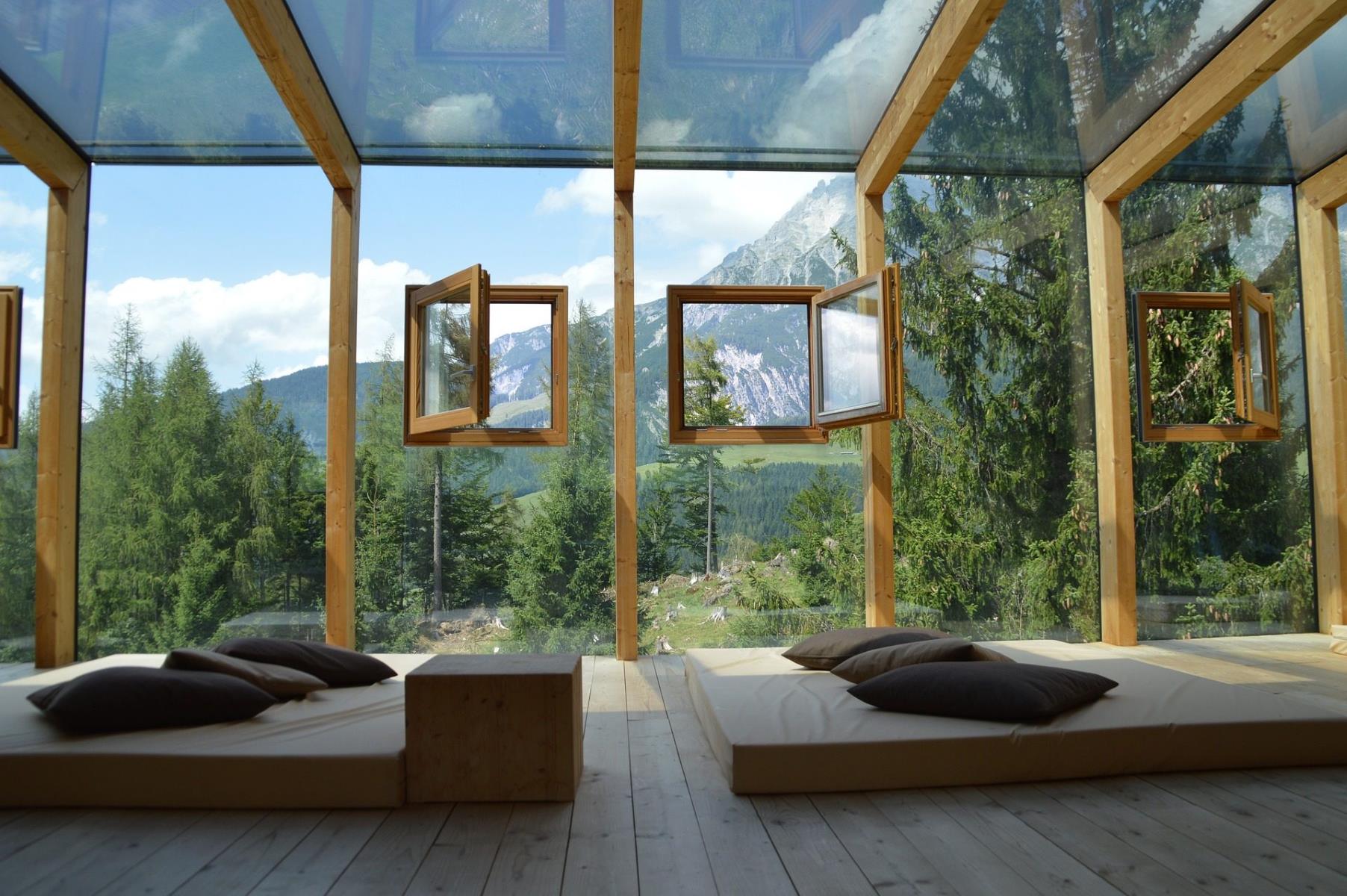
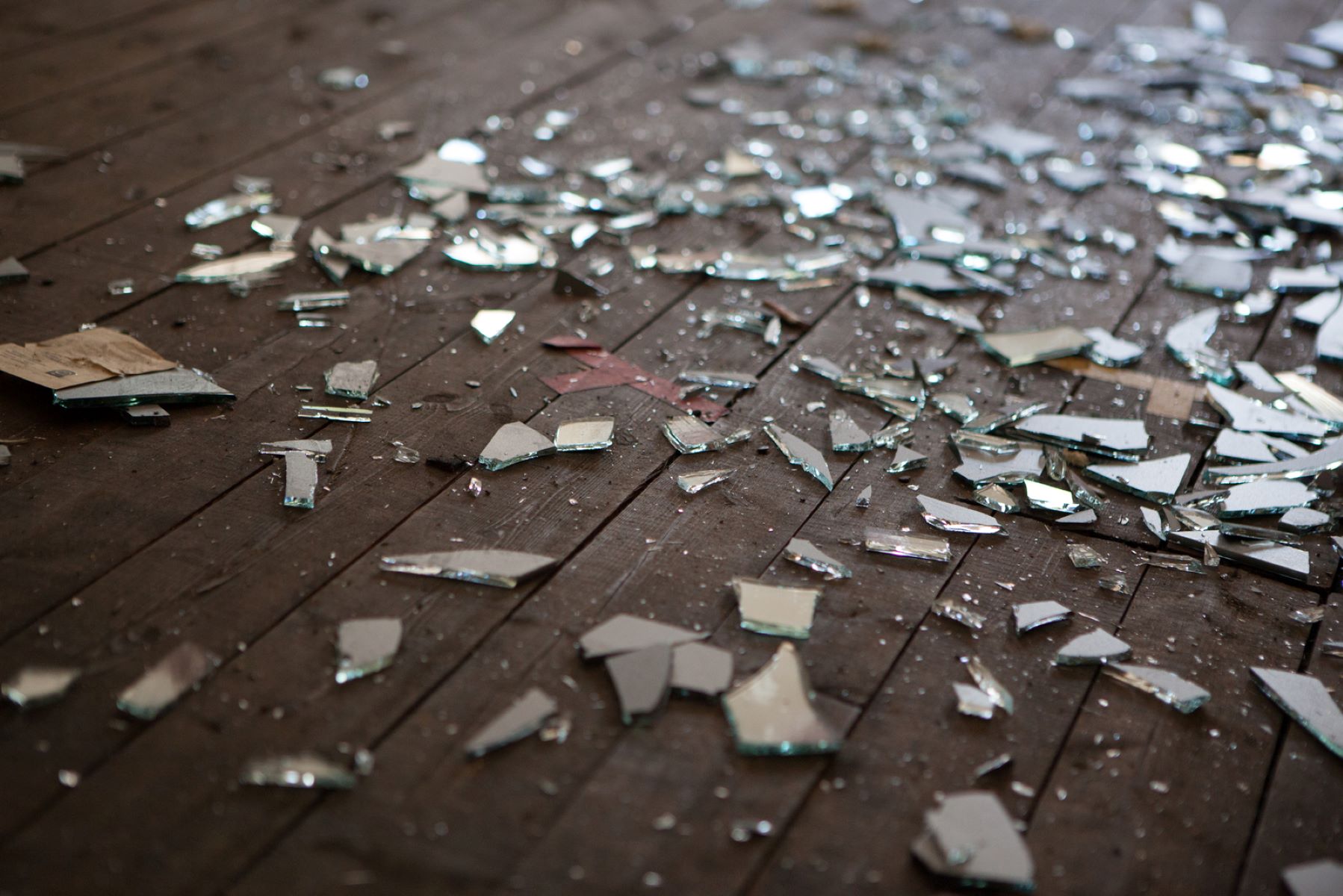
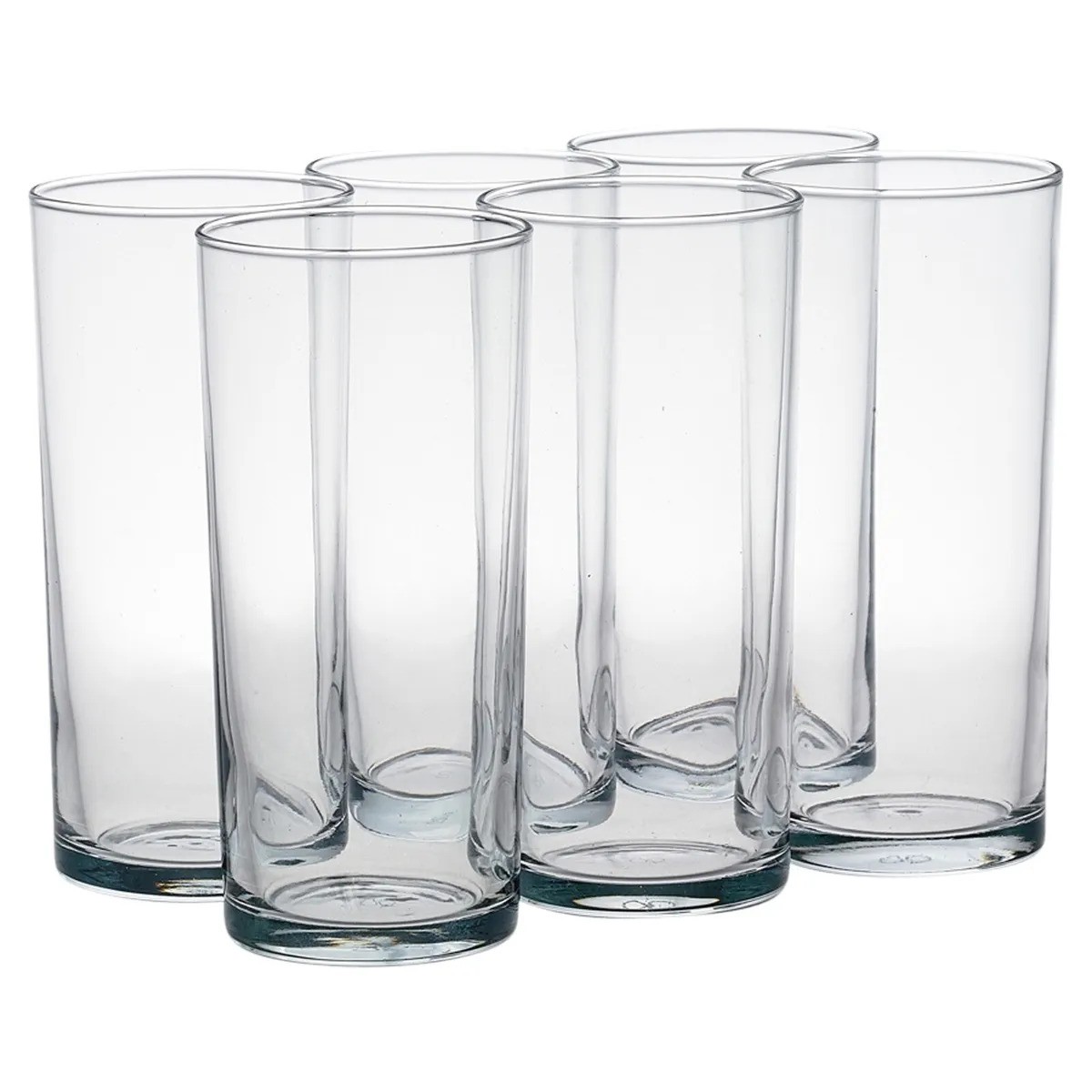
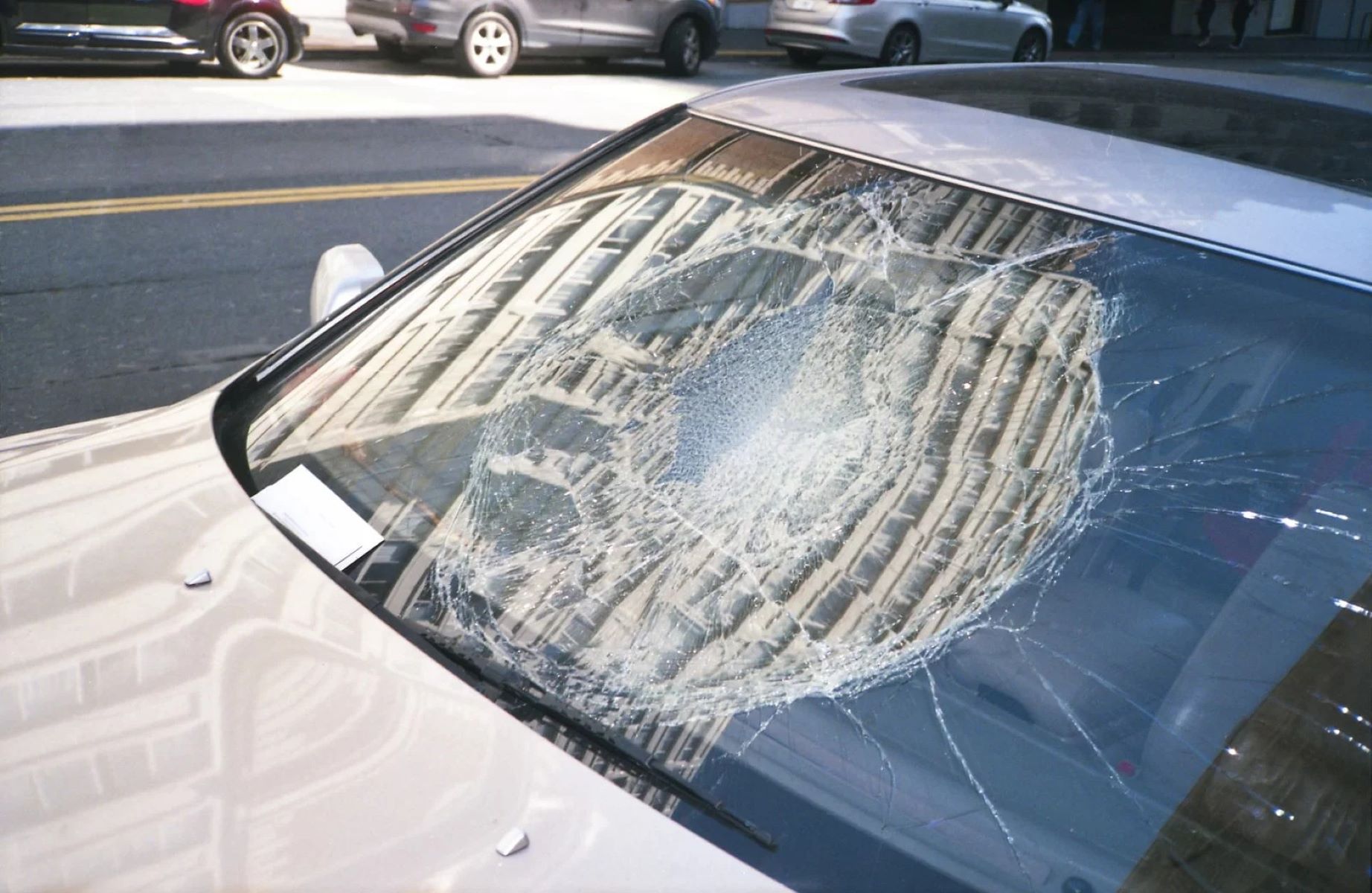
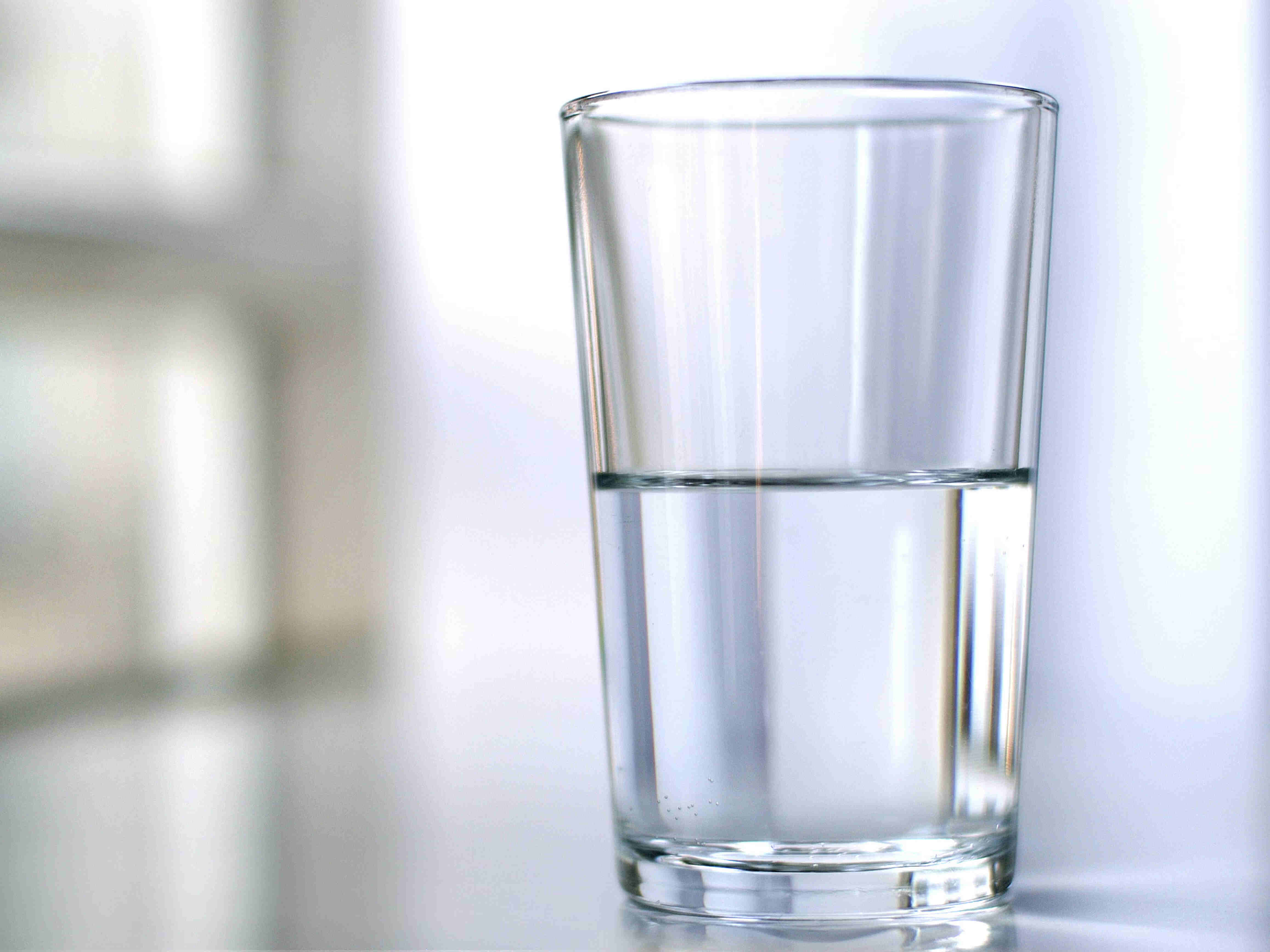




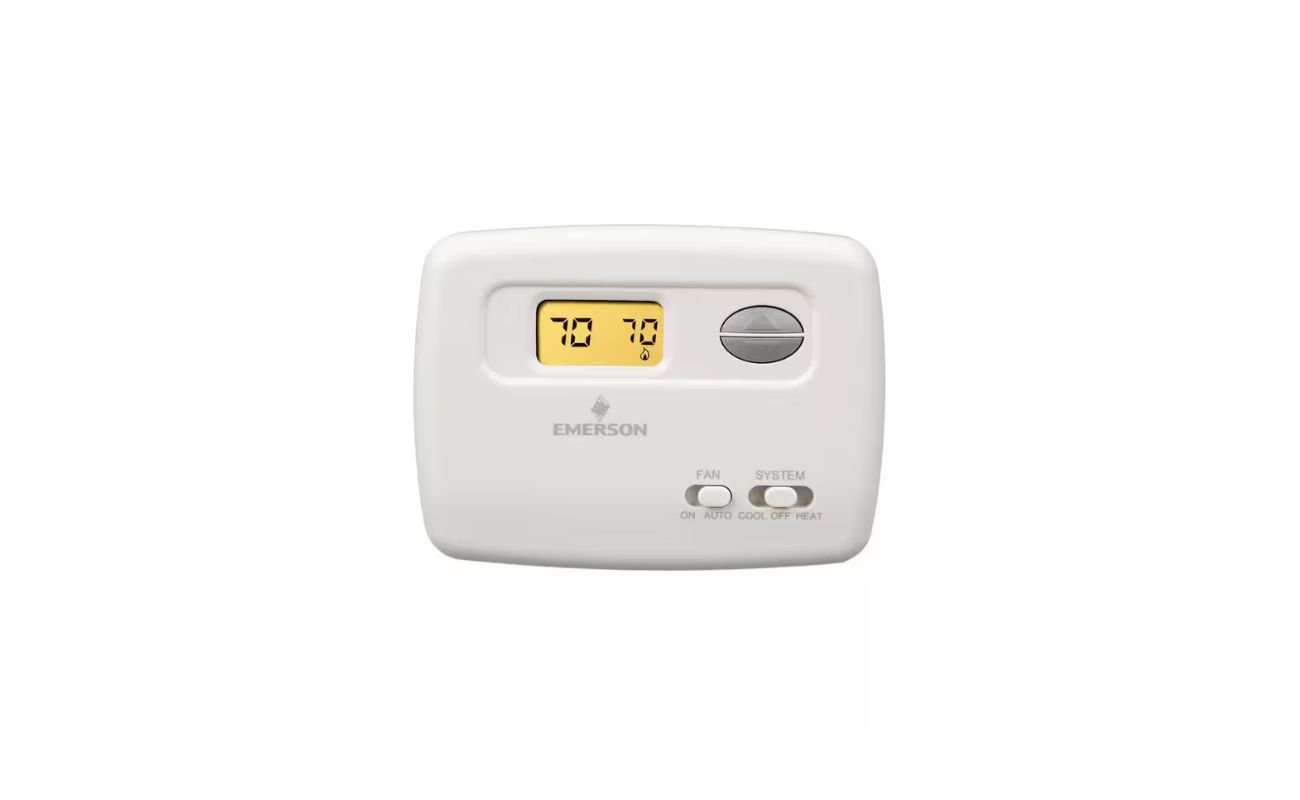

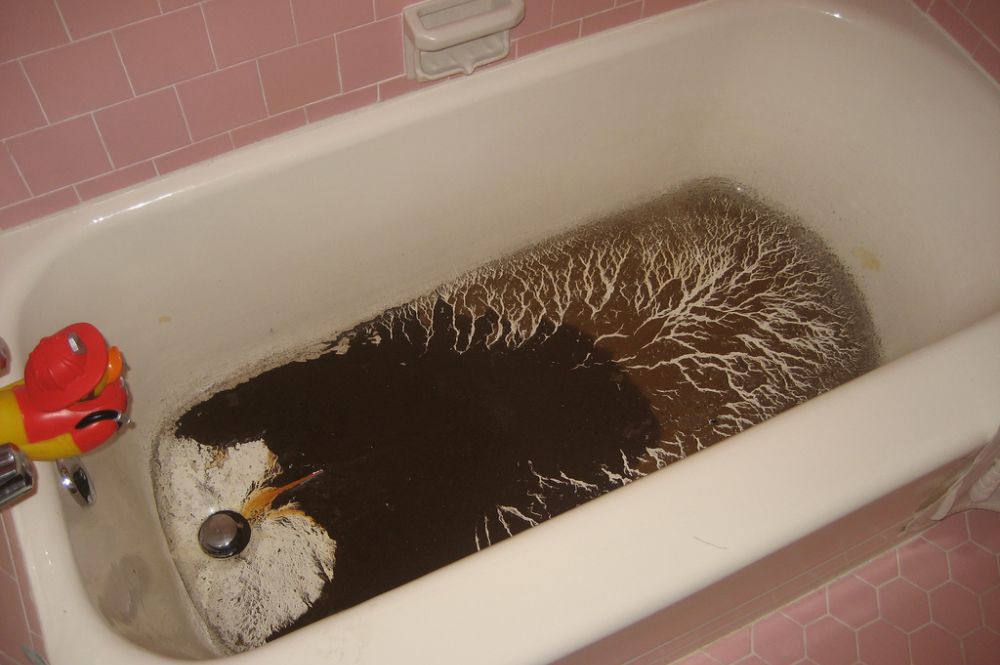


0 thoughts on “What Does It Mean When A Glass Sweats”